Gillnetting is a highly effective and popular fishing method utilized worldwide by commercial and recreational fishers to catch various fish species. This practice involves gillnets—specially designed nets that capture fish by entangling them around their gills as they attempt to swim through. The simplicity and efficiency of gillnets have made them an essential tool for those seeking sustainable catches, particularly in small-scale or recreational fishing contexts.
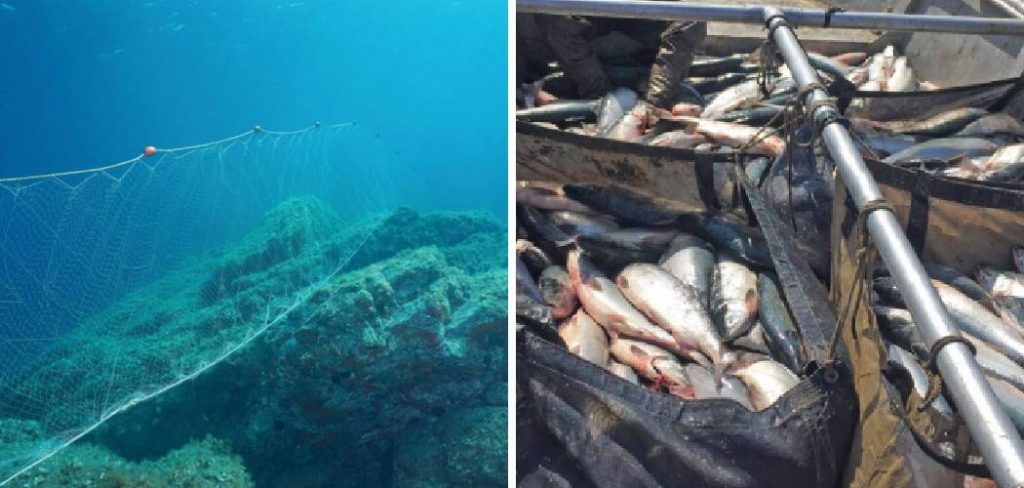
This article serves as a comprehensive step-by-step guide on how to create a gillnetting system tailored to meet the needs of those who want to learn about net design and assembly.
Alongside practical instructions, it will highlight the importance of ethical fishing practices and adherence to local fishing regulations, ensuring that marine ecosystems remain protected. By understanding the process and principles behind gillnetting, you can enjoy a responsible and rewarding fishing experience.
Understanding Gillnets and Their Uses
What Is a Gillnet?
A gillnet is a fishing net that hangs vertically in the water, with its top edge supported by floats and the bottom edge weighted down. It is designed with specific mesh sizes tailored to target particular fish species. When fish attempt to swim through the net, their heads pass through the mesh, but their gills get caught, preventing them from escaping. This ingenious design makes gillnets highly effective for capturing fish in various environments.
Common Applications of Gillnets
Gillnets are widely used in both commercial and recreational fishing due to their versatility and efficiency. They are particularly effective for catching salmon, herring, mackerel, and cod. Recreational fishers may use smaller, more portable gillnets, while large-scale commercial fishers often employ larger nets for increased yields. The adaptability of gillnets to different fishing conditions has made them a valuable tool in numerous fishing practices.
Legal and Environmental Considerations
Before using gillnets, it is essential to check local laws and regulations, as their use may be restricted or regulated in certain areas to protect marine ecosystems. Adopting ethical fishing practices, such as using appropriate mesh sizes and avoiding overfished or endangered species, helps minimize bycatch and supports the sustainability of aquatic habitats. Responsible gillnetting ensures the balance between successful fishing and environmental conservation.
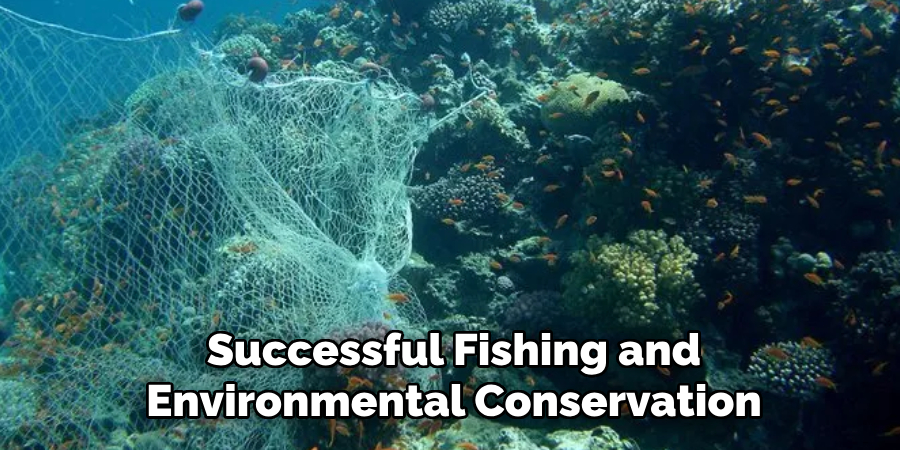
Materials Needed to Create a Gillnet
Essential Supplies
To craft a functional gillnet, you will need the following materials and tools:
- Netting Material: Choose from nylon, monofilament, or multifilament lines, depending on your specific needs and preferences.
- Float Line: A buoyant line to ensure the net stays upright at the water’s surface.
- Lead Line: A weighted line that helps keep the net properly submerged.
- Mesh Gauge or Needle: Used for knotting the net to ensure consistent mesh sizes.
- Scissors and Measuring Tape: Important tools for accurately cutting and measuring your materials.
Choosing the Right Mesh Size
Selecting the correct mesh size is a crucial step in designing your gillnet, as it determines the type and size of fish that can be effectively caught. The mesh size should correspond to the species you are targeting. For instance, smaller mesh sizes are ideal for catching fish like herring or mackerel, whereas larger mesh sizes work better for species like salmon or catfish.
Optional Add-Ons
Additional features, such as markers or reflectors on the float line, can improve visibility and make the net easier to locate. These enhancements can provide added convenience and safety, especially in busy or low-light conditions.
Planning Your Gillnet Design
Proper planning is essential when designing a gillnet to maximize efficiency and effectiveness. Here are the key considerations to keep in mind:
Determining the Net Dimensions
The length and depth of your gillnet should be tailored to your fishing location and target species. Short-term nets are more suitable for shallow waters or small-scale operations as they are easier to handle and deploy. Conversely, more extended nets are better suited for deeper waters where larger schools of fish are more likely. Assessing the local water depth and the behavior of your target species will help determine the ideal dimensions for your net.
Selecting the Mesh Size
Calculating the optimal mesh size is critical to target the fish species you aim to catch selectively. The general rule is to choose a mesh size that slightly exceeds the girth of the fish. This ensures that the fish are entangled adequately while avoiding unintended catches. Understanding the typical size of your target species and referencing local fishing regulations can aid in selecting an appropriate mesh size.
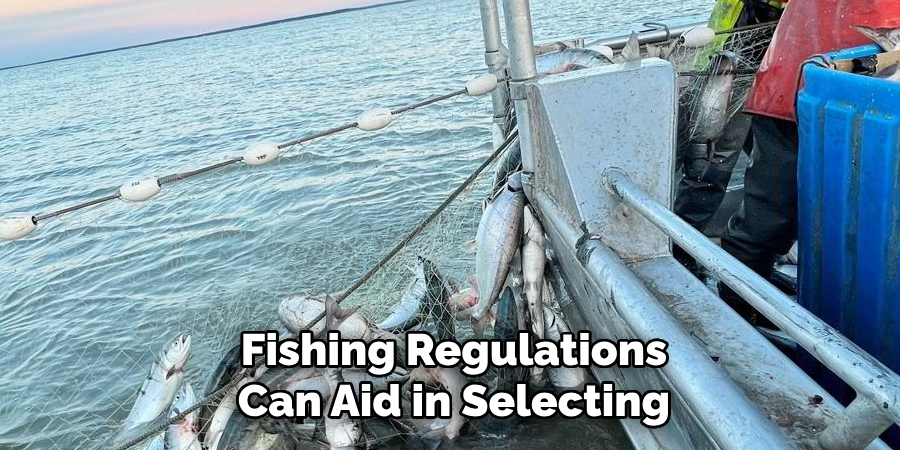
Choosing the Net Material
The choice of net material impacts the durability and flexibility of your gillnet. Nylon nets are strong, durable, and can withstand extended use, while monofilament nets are lightweight, flexible, and less visible in the water. Each material has advantages, so weigh factors such as fishing conditions, budget, and maintenance needs before deciding.
How to Create a Gillnetting: Step-by-Step Guide
Step 1: Preparing the Frame
Start by attaching the float line to the top edge of the net frame and the lead line to the bottom edge. The float line provides buoyancy, ensuring the net stays upright in the water, while the lead line adds weight to keep the bottom edge submerged. Use sturdy knots to tie both lines to the frame securely. This step is crucial to prevent tangling and maintain proper alignment during use.
Step 2: Knotting the Netting
Craft the netting using a mesh gauge or needle by tying uniform knots to create consistent mesh sizes. Work systematically, row by row, starting from the top and moving downward. Maintaining uniformity in mesh size is essential to ensure the net effectively targets the intended fish species while reducing bycatch.
Step 3: Assembling the Net
Once the netting is complete, please attach it to the float and lead lines. Secure the netting by threading it through or tying it directly to the lines. Ensure the net is evenly distributed along the lines and maintains the proper tension. This ensures the net will hold its intended shape in the water for effective fishing.
Step 4: Adding Buoys or Markers
Secure buoys or markers at regular intervals along the float line for increased visibility and ease of retrieval. The buoys’ spacing depends on the net length and fishing conditions. This step helps locate and retrieve the net after deployment.
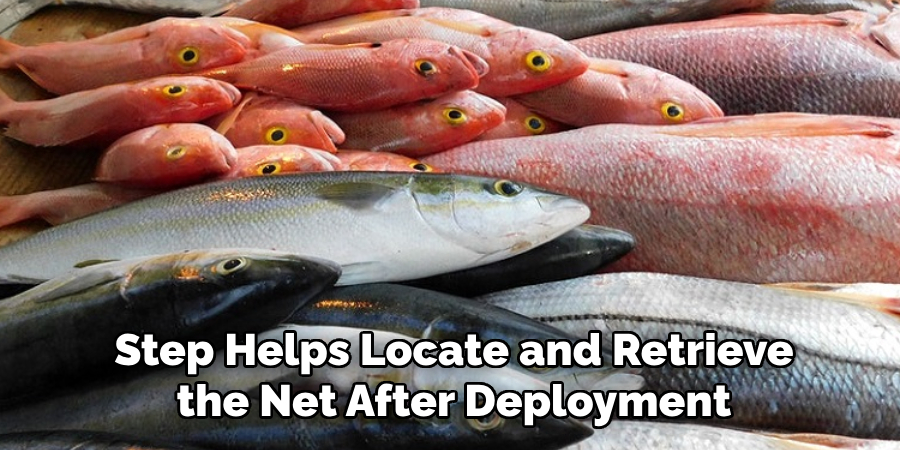
Step 5: Inspecting and Testing the Net
Before deploying the gillnet, carefully inspect it for any weak spots, loose knots, or tears. Address any deficiencies to ensure the net is in optimal condition. Conduct a test in a controlled environment, such as a shallow water area or tank, to confirm the net’s functionality and durability before actual use.
Deploying and Using Your Gillnet
Selecting the Fishing Location
Choosing the right fishing location is crucial for the success of your gillnet. Look for areas with high fish activity, such as near migration routes, feeding grounds, or aquatic structures like reefs and vegetation where fish congregate. Consider the water depth, current speed, and visibility to ensure optimal placement. Understanding fish behavior in the targeted area will significantly increase your chances of a successful catch.
Setting Up the Net
When identifying the ideal fishing spot, anchor the net securely to prevent drifting due to currents or waves. Properly align the net to cover the desired area, considering any changes in water flow or fish movement patterns. Deploy the net slowly and carefully to ensure that it doesn’t tangle or develop uneven tension. A properly set net is the key to efficient fishing and reduces the risk of damage to the gear.
Monitoring the Net
Once the gillnet is deployed, regular monitoring is essential. Check the net frequently for fish, bycatch, or potential entanglements with debris or marine life. Adjust the position of the net if the fish activity shifts, ensuring that your net remains effective throughout the fishing period. Vigilance helps maintain the net’s functionality and minimizes harm to non-target species.
Retrieving the Net
When it’s time to retrieve the gillnet, do so carefully to avoid damage to the net or loss of the catch. Pull the net from the water steadily, inspecting it for wear or tear as you go. Remove fish gently and ensure the net is free of snags or debris. This step prepares your gear for future use and keeps it in good working condition.
Tips for Responsible Gillnetting
Gillnetting, when done responsibly, can be an effective and sustainable method of fishing. Here are several essential tips to minimize environmental impact and ensure ethical practices:
Minimizing Bycatch
Bycatch can significantly harm marine ecosystems, so it’s vital to take steps to reduce it. Use appropriate mesh sizes tailored to your target species to prevent capturing non-target fish or smaller juvenile species. Deploy the net only during active fishing hours when fish are most likely to be present, and consistently monitor it to release any unintended catches as quickly and safely as possible.
Avoiding Overfishing
To help maintain healthy fish populations, limit the amount and frequency of net usage in a given area. This allows fish stocks to replenish and ensures the long-term sustainability of marine resources for future generations. Always adhere to local fishing regulations and quotas.
Safe Handling of Fish
Handle unintended catches with care to ensure they can be released back into the water unharmed. Additionally, process your intended catch quickly and store it properly to maintain freshness and quality.
Regular Maintenance
Proper maintenance of your gillnet extends its lifespan and improves functionality. Clean the net thoroughly after each use to prevent algae or residue buildup. Repair any holes or weak spots promptly to ensure the net remains effective and safe for continued use.
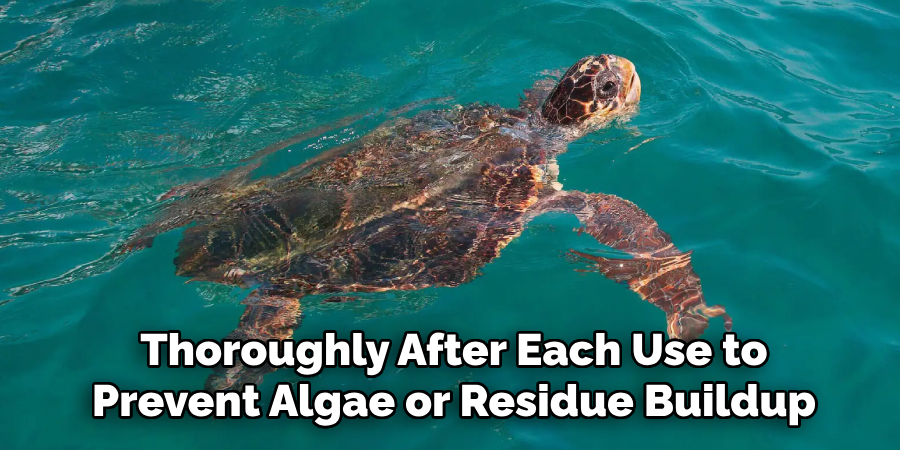
Common Mistakes to Avoid
Using the Wrong Mesh Size
Choosing the incorrect mesh size can significantly reduce the efficiency of your gillnet. Oversized mesh allows target fish to escape, while undersized mesh can ensnare juvenile fish or non-target species, causing harm and disrupting the marine ecosystem. Always select the appropriate mesh size for your intended catch to prevent these issues.
Improper Net Setup
A poorly set up gillnet can lead to decreased functionality and potential damage. Loose lines, inadequate tension, or incorrect anchoring may collapse the net or drift out of position. This can reduce your catch and increase the likelihood of unintended bycatch. Ensure the net is securely and properly installed before deploying it.
Neglecting Local Regulations
Fishing laws and guidelines exist to protect marine biodiversity and ensure sustainable practices. Neglecting local regulations can result in hefty fines, gear confiscation, or even license suspension. Stay informed and comply with all fishing quotas, permitted zones, and gear restrictions to avoid these penalties.
Failing to Monitor the Net
Leaving your gillnet unattended can lead to severe consequences, such as gear damage, excessive bycatch, and even conflicts with other vessels. Regularly checking your net helps address issues promptly, ensures safer fishing practices, and minimizes harm to non-target species or the environment.
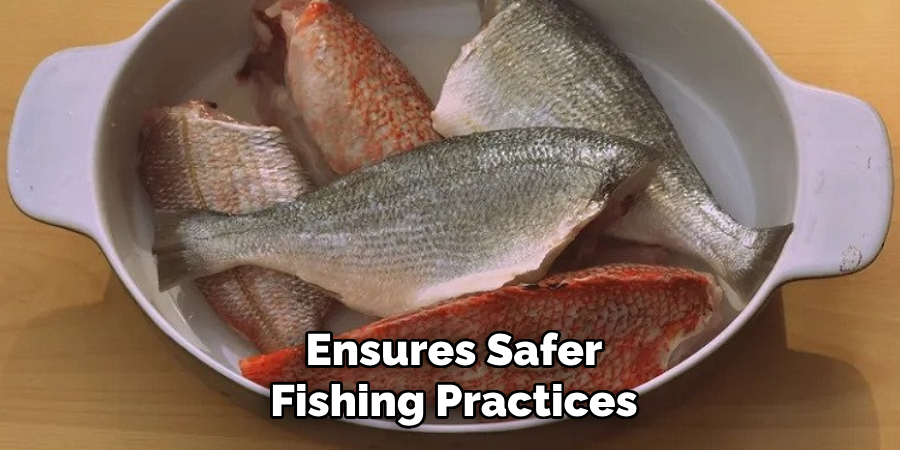
Conclusion
Understanding how to create a gillnetting system and use it effectively requires attention to detail and adherence to best practices. From correctly assembling the net and ensuring secure installation to carefully monitoring its use, each step plays a vital role in achieving success while avoiding negative impacts. Ethical and sustainable practices are essential to protect marine ecosystems and promote long-term fishing opportunities. Compliance with local regulations safeguards marine biodiversity and ensures responsible fishing. By following these guidelines, you can enjoy the benefits of gillnetting while respecting the environment and contributing to sustainable fisheries.
About the Author
Jennifer Branett is the author of Fishy Kayak and an expert in fish-related fields, with over 10 years of experience. Her work blends passion for fishing with a commitment to conservation.
Educational Background
Degree: Bachelor’s in Marine Biology
Institution: University of California, Santa Barbara
Specializations: Aquatic ecosystems, fish behavior, and sustainable practices
Professional Experience
Conservation Projects:
Collaborated with local organizations to restore aquatic habitats
Developed educational programs on sustainable fishing practices
Publications:
Authored articles for fishing magazines and environmental journals
Featured speaker at fishing expos and conservation conferences
Key Areas of Expertise
Fishing Techniques:
Kayak fishing strategies
Freshwater and saltwater fishing methods
Environmental Stewardship:
Advocacy for sustainable fishing
Promoting biodiversity in aquatic environments
Awards and Recognition
Recipient of the [Specific Award Name] for contributions to marine conservation
Recognized as a leading voice in the fishing community by [Organization/Publication Name]
Community Engagement
Workshops and Seminars:
Regularly hosts events to educate anglers on sustainable practices
Engages with youth programs to inspire the next generation of fishers
Online Presence:
Maintains an active blog sharing tips, stories, and conservation efforts
Engages with followers on social media to promote fishing ethics
Personal Interests
Enjoys kayaking in scenic locations
Passionate about photography, capturing the beauty of nature
Advocates for local conservation efforts in her community
